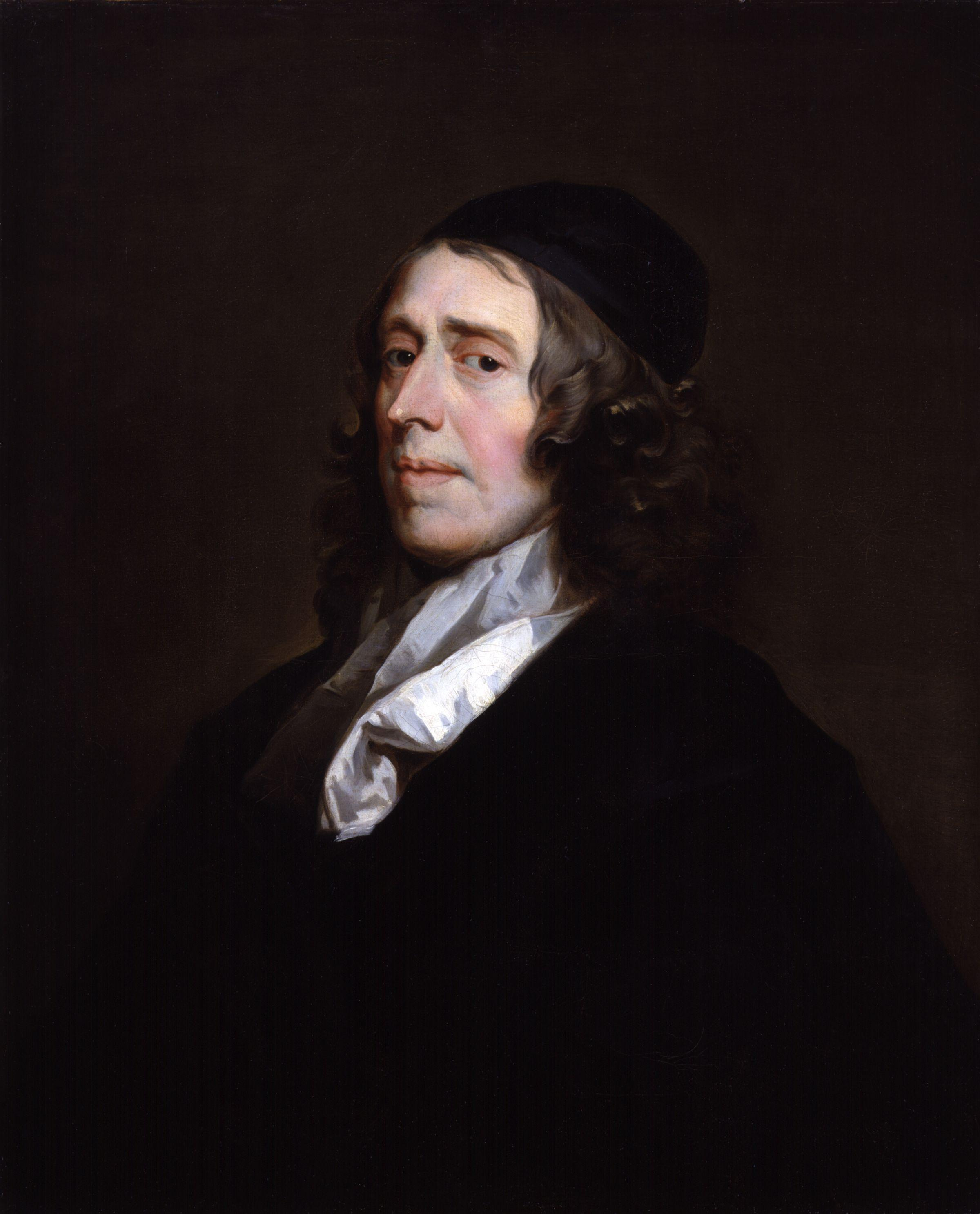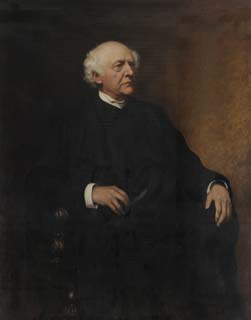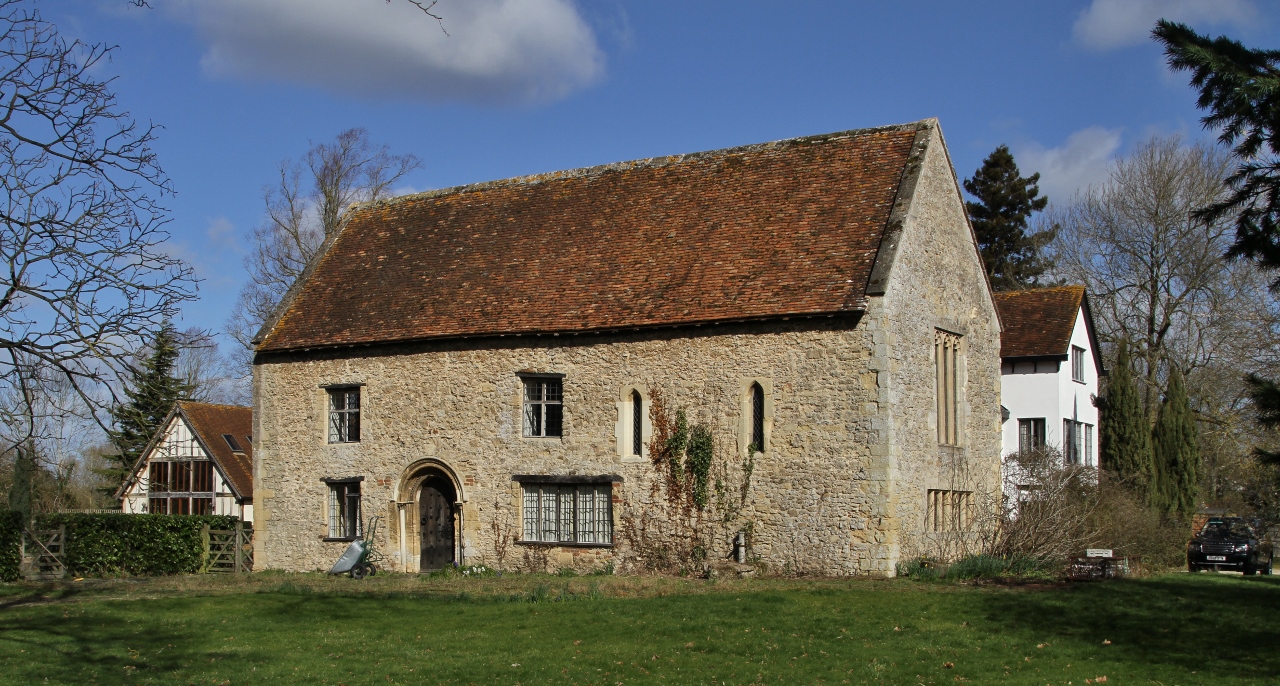|
Geoffrey Warnock
Sir Geoffrey James Warnock (16 August 19238 October 1995) was an English philosopher and Vice-Chancellor of Oxford University. Before his knighthood (in the 1986 New Year Honours), he was commonly known as G. J. Warnock. Life Warnock was born at Neville House, Chapel Allerton, Leeds, West Yorkshire, to James Warnock (1880–1953), OBE, a general practitioner from Northern Ireland who had been a Captain in the Royal Army Medical Corps, and Kathleen (née Hall; 1890–1979). The Warnocks later lived at Grade II-listed Pull Croft, Sutton Courtenay, Oxfordshire (historically Berkshire). Warnock was educated at Winchester College. He then served with the Irish Guards until 1945, before entering New College, Oxford, with a classics scholarship. He was elected to a Fellowship at Magdalen College, Oxford, in 1949. After spending three years at Brasenose College, he returned to Magdalen as a Fellow and tutor in philosophy. In 1970, he was elected to Principal of Hertford College, ... [...More Info...] [...Related Items...] OR: [Wikipedia] [Google] [Baidu] |
List Of Vice-Chancellors Of The University Of Oxford
The Vice-Chancellor of the University of Oxford is the chief executive and leader of the University of Oxford. The following people have been vice-chancellors of the University of Oxford (formally known as The Right Worshipful the Vice-Chancellor): __TOC__ Chronological list * 1230 – Elyas de Daneis * 1270 – Robert Steeton * 1288 – John Heigham * 1304 – John de Oseworhd * 1311 – Walter Gifford * 1325 – Richard Kamshale * 1333 – Richard FitzRalph * 1336 – John de Ayllesbury * 1337 – John de Reigham * 1347 – Hugh de Willoughby * 1348 – William de Hawkesworth * 1367 – John de Codeford * 1368 – John de Codeford * 1377 – Robert Aylesham * 1382 – Fr Peter Stokes * 1386 – Henry Nafford or Yafford * 1389 – John Lyndon * 1391 – John Ashwardby * 1394 – Richard Ullerston * 1396 – Nicholas Faux * 1397 – William Farendon or Faringdon * 1399 – John Sna ... [...More Info...] [...Related Items...] OR: [Wikipedia] [Google] [Baidu] |
Order Of The British Empire
The Most Excellent Order of the British Empire is a British order of chivalry, rewarding contributions to the arts and sciences, work with charitable and welfare organisations, and public service outside the civil service. It was established on 4 June 1917 by King George V and comprises five classes across both civil and military divisions, the most senior two of which make the recipient either a Orders, decorations, and medals of the United Kingdom#Modern honours, knight if male or dame (title), dame if female. There is also the related British Empire Medal, whose recipients are affiliated with, but not members of, the order. Recommendations for appointments to the Order of the British Empire were originally made on the nomination of the United Kingdom, the self-governing Dominions of the Empire (later Commonwealth) and the Viceroy of India. Nominations continue today from Commonwealth countries that participate in recommending British honours. Most Commonwealth countries ceas ... [...More Info...] [...Related Items...] OR: [Wikipedia] [Google] [Baidu] |
Vice-Chancellor Of The University Of Oxford
The Vice-Chancellor of the University of Oxford is the chief executive and leader of the University of Oxford. The following people have been vice-chancellors of the University of Oxford (formally known as The Right Worshipful the Vice-Chancellor): __TOC__ Chronological list * 1230 – Elyas de Daneis * 1270 – Robert Steeton * 1288 – John Heigham * 1304 – John de Oseworhd * 1311 – Walter Gifford * 1325 – Richard Kamshale * 1333 – Richard FitzRalph * 1336 – John de Ayllesbury * 1337 – John de Reigham * 1347 – Hugh de Willoughby * 1348 – William de Hawkesworth * 1367 – John de Codeford * 1368 – John de Codeford * 1377 – Robert Aylesham * 1382 – Fr Peter Stokes * 1386 – Henry Nafford or Yafford * 1389 – John Lyndon * 1391 – John Ashwardby * 1394 – Richard Ullerston * 1396 – Nicholas Faux * 1397 – William Farendon or Faringdon * 1399 – John S ... [...More Info...] [...Related Items...] OR: [Wikipedia] [Google] [Baidu] |
Hertford College, Oxford
Hertford College ( ), previously known as Magdalen Hall, is a constituent college of the University of Oxford in England. It is located on Catte Street in the centre of Oxford, directly opposite the main gate to the Bodleian Library. The college is known for its iconic bridge, the Bridge of Sighs. There are around 600 students at the college at any one time, comprising undergraduates, graduates and visiting students from overseas. The first foundation on the Hertford site began in the 1280s as Hart Hall and became a college in 1740 but was dissolved in 1816. In 1820, the site was taken over by Magdalen Hall, which had emerged around 1490 on a site adjacent to Magdalen College. In 1874, Magdalen Hall was incorporated as a college, reviving the name Hertford College. In 1974, Hertford was part of the first group of all-male Oxford colleges to admit women. Alumni of the college's predecessor institutions include William Tyndale, John Donne, Thomas Hobbes, and Jonathan Swi ... [...More Info...] [...Related Items...] OR: [Wikipedia] [Google] [Baidu] |
Principal (college)
The principal is the chief executive and the chief academic officer of a university or college in certain parts of the Commonwealth. In the United States, the principal is the head of school at most pre-university, non-boarding schools. Canada Queen's University, the constituent colleges of the University of Toronto and McGill University in Canada have principals instead of presidents or rectors, as a result of their Scottish origins. In addition Bishop's University, and the Royal Military College of Canada also have principals. England Many colleges of further education in England have a principal in charge (e.g., Cirencester College and West Nottinghamshire College). At Oxford University, many of the heads of colleges are known as the principal, including Brasenose, Green Templeton, Harris Manchester, Hertford, Jesus, Lady Margaret Hall, Linacre, Mansfield, St Anne's, St Edmund Hall, St Hilda's, St Hugh's, and Somerville. At Cambridge University, heads of Ho ... [...More Info...] [...Related Items...] OR: [Wikipedia] [Google] [Baidu] |
Oxbridge Fellow
A fellow is a concept whose exact meaning depends on context. In learned or professional societies, it refers to a privileged member who is specially elected in recognition of their work and achievements. Within the context of higher educational institutions, a fellow can be a member of a highly ranked group of teachers at a particular college or university or a member of the governing body in some universities (such as the Fellows of Harvard College); it can also be a specially selected postgraduate student who has been appointed to a post (called a fellowship) granting a stipend, research facilities and other privileges for a fixed period (usually one year or more) in order to undertake some advanced study or research, often in return for teaching services. In the context of research and development-intensive large companies or corporations, the title "fellow" is sometimes given to a small number of senior scientists and engineers. In the context of medical education in Nor ... [...More Info...] [...Related Items...] OR: [Wikipedia] [Google] [Baidu] |
Brasenose College, Oxford
Brasenose College (BNC) is one of the constituent colleges of the University of Oxford in the United Kingdom. It began as Brasenose Hall in the 13th century, before being founded as a college in 1509. The library and chapel were added in the mid-17th century and the new quadrangle in the late 19th and early 20th centuries. For 2020–21, Brasenose placed 4th in the Norrington Table (an unofficial measure of performance in undergraduate degree examinations). In a recent Oxford Barometer Survey, Brasenose's undergraduates registered 98% overall satisfaction. In recent years, around 80% of the UK undergraduate intake have been from state schools. Brasenose is home to one of the oldest rowing clubs in the world, Brasenose College Boat Club. History Foundation The history of Brasenose College, Oxford stretches back to 1509, when the college was founded on the site of Brasenose Hall, a medieval academic hall whose name is first mentioned in 1279. Its name is believed to deri ... [...More Info...] [...Related Items...] OR: [Wikipedia] [Google] [Baidu] |
Magdalen College, Oxford
Magdalen College (, ) is a constituent college of the University of Oxford. It was founded in 1458 by William of Waynflete. Today, it is the fourth wealthiest college, with a financial endowment of £332.1 million as of 2019 and one of the strongest academically, setting the record for the highest Norrington Score in 2010 and topping the table twice since then. It is home to several of the university's distinguished chairs, including the Agnelli-Serena Professorship, the Sherardian Professorship, and the four Waynflete Professorships. The large, square Magdalen Tower is an Oxford landmark, and it is a tradition, dating to the days of Henry VII, that the college choir sings from the top of it at 6 a.m. on May Morning. The college stands next to the River Cherwell and the University of Oxford Botanic Garden. Within its grounds are a deer park and Addison's Walk. History Foundation Magdalen College was founded in 1458 by William of Waynflete, Bishop of Winch ... [...More Info...] [...Related Items...] OR: [Wikipedia] [Google] [Baidu] |
Classics
Classics or classical studies is the study of classical antiquity. In the Western world, classics traditionally refers to the study of Classical Greek and Roman literature and their related original languages, Ancient Greek and Latin. Classics also includes Greco-Roman philosophy, history, archaeology, anthropology, art, mythology and society as secondary subjects. In Western civilization, the study of the Greek and Roman classics was traditionally considered to be the foundation of the humanities, and has, therefore, traditionally been the cornerstone of a typical elite European education. Etymology The word ''classics'' is derived from the Latin adjective '' classicus'', meaning "belonging to the highest class of citizens." The word was originally used to describe the members of the Patricians, the highest class in ancient Rome. By the 2nd century AD the word was used in literary criticism to describe writers of the highest quality. For example, Aulus Gellius, in his ''Att ... [...More Info...] [...Related Items...] OR: [Wikipedia] [Google] [Baidu] |
Irish Guards
("Who Shall Separate s") , colors = , identification_symbol_2 Saffron (pipes), identification_symbol_2_label = Tartan , identification_symbol = , identification_symbol_label = Tactical Recognition Flash , identification_symbol_3 = St. Patrick's blueRight side of Bearskin cap , identification_symbol_3_label = Plume , identification_symbol_4 = IG , identification_symbol_4_label = Abbreviation , march = Quick – ''St Patrick's Day''Slow – ''Let Erin Remember'' , mascot = Irish Wolfhound , battles = The Irish Guards (IG), is one of the Foot Guards regiments of the British Army and is part of the Guards Division. Together with the Royal Irish Regiment, it is one of the two Irish infantry regiments in the British Army. The regiment has participated in campaigns in the First World War, the Second World War, the Iraq War and the War in Afghanis ... [...More Info...] [...Related Items...] OR: [Wikipedia] [Google] [Baidu] |
Berkshire
Berkshire ( ; in the 17th century sometimes spelt phonetically as Barkeshire; abbreviated Berks.) is a historic county in South East England. One of the home counties, Berkshire was recognised by Queen Elizabeth II as the Royal County of Berkshire in 1957 because of the presence of Windsor Castle, and letters patent were issued in 1974. Berkshire is a county of historic origin, a ceremonial county and a non-metropolitan county without a county council. The county town is Reading. The River Thames formed the historic northern boundary, from Buscot in the west to Old Windsor in the east. The historic county, therefore, includes territory that is now administered by the Vale of White Horse and parts of South Oxfordshire in Oxfordshire, but excludes Caversham, Slough and five less populous settlements in the east of the Royal Borough of Windsor and Maidenhead. All the changes mentioned, apart from the change to Caversham, took place in 1974. The towns of Abingdon, D ... [...More Info...] [...Related Items...] OR: [Wikipedia] [Google] [Baidu] |
Sutton Courtenay
Sutton Courtenay is a village and civil parish on the River Thames south of Abingdon-on-Thames and northwest of Didcot. Historically part of Berkshire, it has been administered as part of Oxfordshire since the 1974 boundary changes. The 2011 Census recorded the parish's population as 2,421. Sutton Courtenay is home to some important structures, such as The Abbey, the Manor House, All Saints' Church, a twelfth-century Norman hall, the Sutton Bridge, and Didcot power station. Archaeology and history A Neolithic stone hand axe was found at Sutton Courtenay. Petrological analysis in 1940 identified the stone as epidotised tuff from Stake Pass in the Lake District, to the north. Stone axes from the same source have been found at Abingdon, Alvescot, Kencot and Minster Lovell. Excavations have revealed rough Saxon huts from the early stages of Anglo-Saxon settlement of Britain, but their most important enduring monument in Sutton was the massive causeway and weirs that ... [...More Info...] [...Related Items...] OR: [Wikipedia] [Google] [Baidu] |



.jpg)

